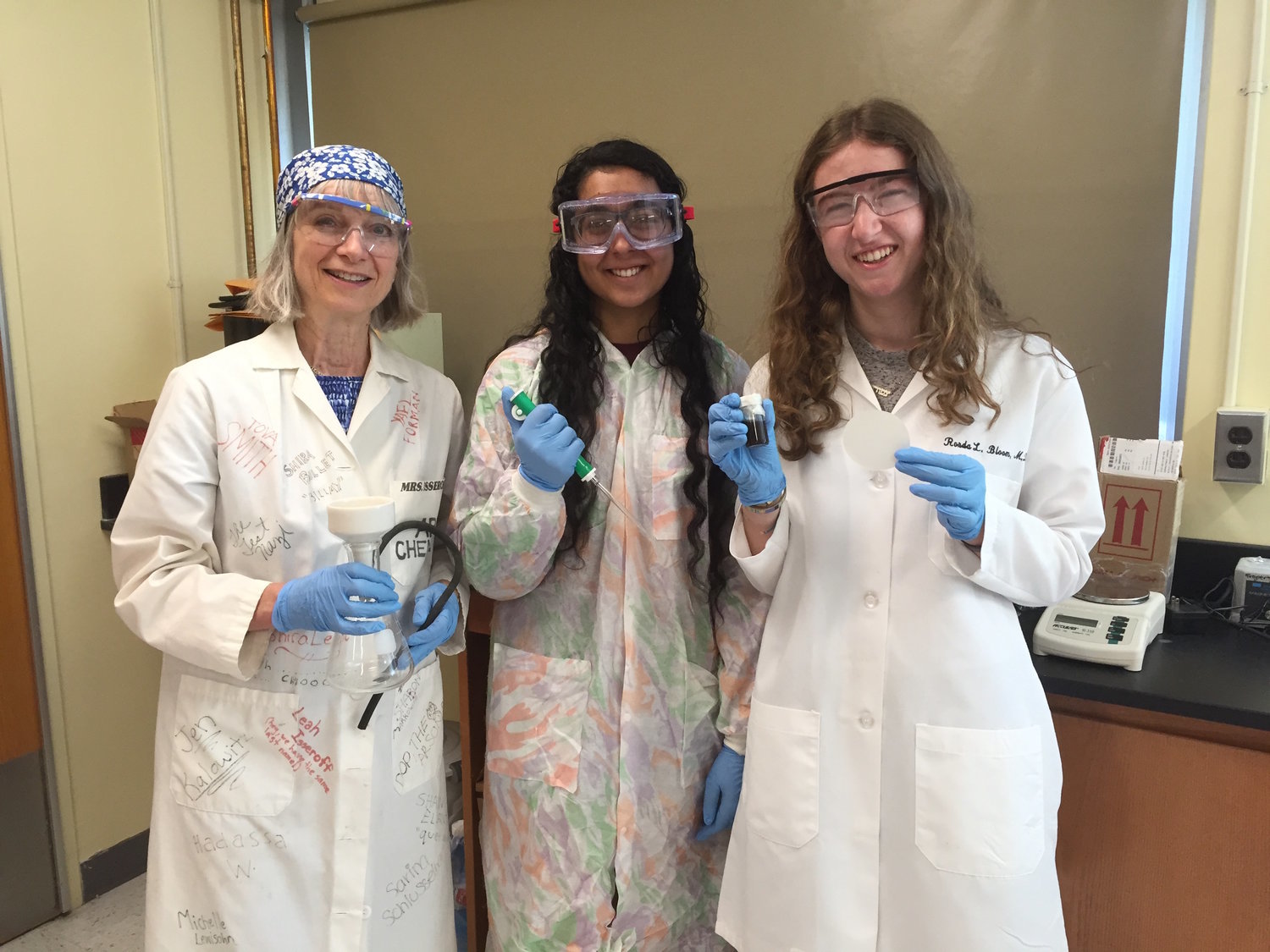Can STEM classes be fun?
Educators: filling millions of jobs will require more skilled students
While educators in public and private schools are emphasizing STEM education — science, technology, engineering and math — roughly 2.4 million jobs with that focus are unfilled across the country, according to a 2019 report from the National Association of Manufacturing. The report forecasts that nearly 3.5 million STEM-related jobs will need to be filled by 2025.
According to a survey of more than 200 colleges and universities conducted by the Mathematical Association of America, 184,000 students entered college in 2011 with the intention of majoring in engineering, but only 98,000 — roughly 53 percent — graduated with engineering degrees in 2015.
Matthew Wright is the Physics Department chairman at Adelphi University, and teaches physics and calculus at the Garden City college. He noted that the transition can be difficult for freshmen college students taking STEM-based classes such as physics and calculus, which may discourage them from pursuing a STEM-oriented major.
“One issue is that a lot of students enter college with poor study skills,” Wright said. “Classes for STEM majors are challenging, and new students can be overwhelmed by the material.”
He added, “When the semester starts, I try to focus on developing the students’ study skills before I give them any tests. I don’t want the students to be overwhelmed by a test that I give early in the semester, and think that a bad test grade will doom their overall grade.”
Lawrence School District Superintendent Dr. Ann Peder-sen said that STEM learning begins before students enter high school. “We start with algebra for all of our eighth-grade students,” Pedersen said. “This helps students have a course under their belt, to allow for higher-level math classes.” She added that the district offers calculus to high school students, as well as a survey of statistics courses offered by Adelphi.
Tracy Hogan, an associate professor of education at Adelphi, said she believes schools should make STEM subjects more appealing to students who are looking to pursue them by adding a creative element. “I think we have to try to make STEM more fun for students,” Hogan said. “One way to do that is by incorporating art into STEM.” STEAM curriculums do exist, but are not as common as STEM.
A lack of STEM teachers at the middle school and high school levels is another problem. According to a New York State United Teachers study last year, the state will need to fill 18,000 teaching positions annually for the next decade to compensate for teachers who are eligible to retire. “There is a large shortage of science teachers from grades seven to 12 in the state right now,” Hogan said. “The reason for that is science professionals are looking to get jobs in their respective fields instead of teach, because a teacher’s salary is stagnant.”
Chemistry teacher Rebecca Isseroff mentors Lawrence High School students as well as those studying at private schools in the Five Towns. Isseroff guided Bhawan Sandhu, from Lawrence High, and Tzipora Schein, from the Hebrew Academy of the Five Towns, to a second-place finish in the STEM Spellman HV Clean Tech Competition last summer.
The state has also emphasized STEM education in private schools. A dozen Five Towns schools were chosen to receive a portion of a $5 million state grant that was earmarked for 338 nonpublic schools in 2019.
Science research and STEM learning created headlines in 2012 and 2013 in the Hewlett-Woodmere School District, as two teams of three students each captured back-to-back grand prizes in the prestigious Siemens Math, Science and Technology Competition (now the Regeneron Science Talent Search).
Dr. Terrence Bissoondial, the Hewlett-Woodmere district’s science research coordinator, said he believes the difficulty of filling STEM jobs is attributable to the degree of specialization required to master a given discipline, and the skills needed to incorporate the specialization with other fields. Bissoondial used biology as an illustration, as it relates to genetics.
“The development of DNA sequencing technologies, the improvement of ways to analyze gene expressions as well as ways to modify genes require students to have vast understanding of the foundations and advances of biology to pursue a career in this field,” he said. “Students must have the skills to access, interpret and utilize immense amounts of data. In short, students must be able to adapt to the rapidly changing environment, both natural and societal.”
Wright said he believes that the responsibility falls to teachers to stimulate student interest. “As educators, it’s our job to keep our students excited about STEM,” he said. “College tends to be harder for STEM majors, as they are bombarded with work. We need to make the classes more fun and relatable to the students.”
Have an opinion on STEM learning? Send your letter to the editor to jbessen@liherald.com.

 63.0°,
A Few Clouds and Breezy
63.0°,
A Few Clouds and Breezy 




